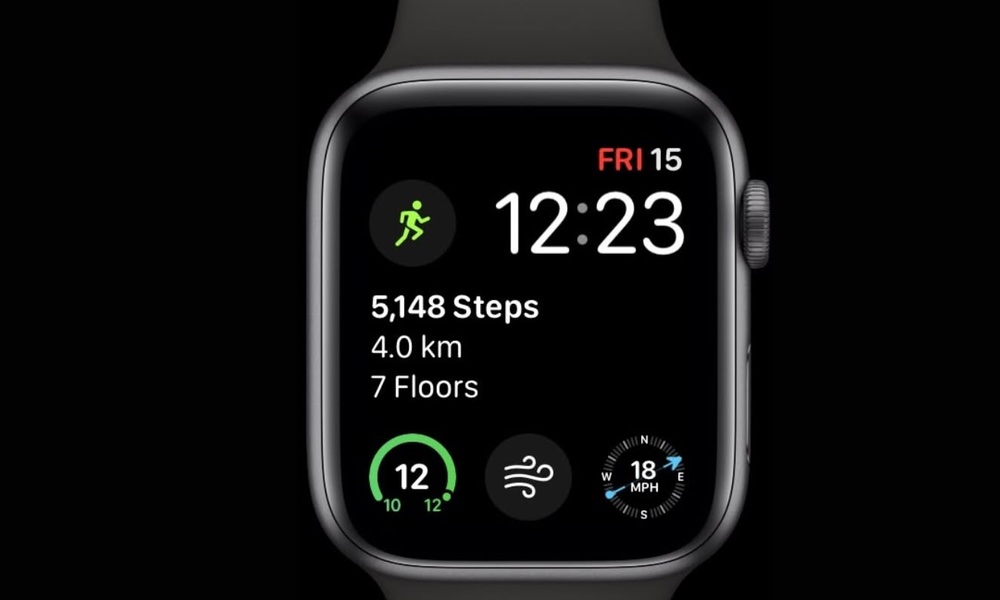Osteoporosis affects millions of people. It often has no symptoms until later in life, when back pain, loss of height or hunched posture show up. Many don’t know they have the disease until they break a bone, typically, in the back or hip.
Dairy foods are encouraged for those at risk for or diagnosed with osteoporosis because they are high in calcium and contain other minerals needed for bone health. But there is a caveat when it comes to older adults. New research suggests that to better protect their bones, a vitamin D supplement may be needed in addition to high calcium foods.
People who had a higher dairy food intake, including milk, cheese and yogurt, and took a vitamin D supplement, had higher bone density compared to those who didn’t use a supplement, according to the Framingham Osteoporosis Study, part of the Framingham Heart Study.For the approximately 10 million Americans over the age of 50 who have been diagnosed with osteoporosis and are at increased risk of bone fracture, this is an important finding.
Vitamin D helps us absorb calcium from the digestive tract; it also helps to keep adequate levels of calcium circulating in the blood, which in turn allows for normal mineralization of bones, an ongoing and continuous process.
Without adequate vitamin D bones can become thin and brittle, even misshapen, because cells in our bones use vitamin D for growth and for creating new bone.
About 80 percent of Americans do not get the recommended three servings a day of dairy foods. Add to that the fact that the recommended amounts of vitamin D are difficult to meet since there are few good food sources of the vitamin, and you have the perfect storm for osteoporosis to develop.
The recommended amount of calcium for older adults is 1,000 to 1,200 milligrams per day which is easily met with three cups of milk a day along with cheese, yogurt and other calcium-containing foods such as green leafy vegetables. The recommended intake of vitamin D is harder to achieve without eating fortified foods or supplements since there are few good food sources.
The study is published in The Journal of Nutrition.





